CBSE conducted the CTET (Central Teacher Eligibility Test) Exam Paper held on 09th Dec 2018 Evening Shift. Here The CTET Solved Question Paper I (Class I to V) Answer-key.
CTET (Central Teachers Eligibility Test) Paper First : Primary Level (Class 1 to Class 5).
परीक्षा (Exam) : CTET Paper I (Class I to V)
भाग (Part) : Language-I English
परीक्षा आयोजक (Organized) : CBSE
कुल प्रश्न (Number of Question) : 30
Paper Set – I
परीक्षा तिथि (Exam Date) – 09th Dec 2018
Read Also …
- CTET 2018 Paper -I – Part – I – बाल विकास और शिक्षा-शास्त्र (Child Development and Pedagogy)
- CTET 2018 Paper -I – Part – II – गणित (Mathematics)
- CTET 2018 Paper -I – Part – III – पर्यावरण अध्ययन (Environmental Studies)
- CTET 2018 Paper -I – Part – IV – Language – I हिंदी (Hindi)
- CTET 2018 Paper -I – Part – V – Language – II (English)
- CTET 2018 Paper -I – Part – V – Language – II हिंदी (Hindi)
CTET Exam 2018 Paper – 1 (Primary Level)
Language – I (English)
Directions : Read the passage carefully to and answer the questions that follow (Q. Nos. 1 to 9) by selecting the correct/most appropriate options.
When it comes to structures that are both majestic and well-fortified, the classic European castle is the pinnacle of design. Across the ages castles changed, developed, and eventually fell out of use, but they still command the fascination of our culture.
Castles were originally built in England by Norman invaders in 1066. As William the Conqueror advanced through England, he fortified key positions to secure the land he had taken. Castles also served as bases of operation for offensive attacks. Troops were summoned to, organized around, and deployed from castles. In this way castles served both offensive and defensive roles in military operations.
Not limited to military purposes, castles also served as offices from which the lord would administer control over his fiefdom. They would address disputes, handle festivities. enjoy feast, and business, In this way castles served as important Social centres in medieval England. Castles also served as symbols of power.
The first castles constructed in England were made from earth and timber. Those who constructed them took advantage of natural features, such as hills and rivers, to increase defenses. Since these castles were constructed from wood, they were highly susceptible to attacks by fire. Wooden castles were gradually replaced by stone, which greatly increased the strength of these fortifications; however, being made from stone did not make these castles entirely fireproof. Attackers could hurl flaming objects into the castle through the windows or ignite the wooden doors.
The demise of castles can ultimately be attributed to gunpowder. During the 15th century, artillery became powerful enough to break through stone walls. This greatly undermined the military role of castles. Castles were then replaced by artillery forts that had no role in civil administration, and country houses that were indefensible. Though castles no longer serve their original purposes, remaining castles receive millions of visitors each year from those who wish to experience these majestic vestiges of a time long passed.
1. Which one of the following is not a function of castles as expressed in the passage?
(1) Castles served both offensive purposes and defensive militarily.
(2) Castles served as symbols of power.
(3) Castles were important social centres in medieval England.
(4) Castles were the places where knights would keep their best horses.
Show Answer/Hide
2. Which one of the following best describes the main idea in Paragraph 2 ?
(1) It describes how and why William the Conqueror took control of England.
(2) It explains why castles were first built in England and the military purposes they served.
(3) It shows how Norman lords were often scared and frequently retreated.
(4) It details all of the purposes that English castles served.
Show Answer/Hide
3. The original castles were first made from earth and timber because –
(1) it takes a lot more time and energy to build a stone castle
(2) it did not occur to people to build castles out of stone
(3) people did not realize how weak wooden castles would be against fire
(4) wooden castles were prettier than dirty stone castles
Show Answer/Hide
4. Wooden castles were converted to stone castles as –
(1) wooden castles take a long time to build
(2) wooden castles are uncomfortable
(3) stone castles offer better defense
(4) stone castles stay cooler in the summer
Show Answer/Hide
5. Which one of the following best explains how gunpowder was the nemesis of traditional castles?
(1) Wars were fought with guns and hiding in castles was no longer necessary.
(2) Artillery forts with large cannons became more stylish than traditional castles.
(3) Defending castles grew difficult, since attackers could just shoot castle defenders.
(4) Cannons were able to knock down stone walls, So castles offered little protection.
Show Answer/Hide
6. Which one of the following title would best describe the content this passage?
(1) William the Conqueror : Bringing Castles to England
(2) Defending the Castle : Technologies Used to Defend Media Castles
(3) A Short History of Castles The Rise and Fall of Castle in England
(4) Fancy Living Learning about Castles, Palaces and Fortresses
Show Answer/Hide
7. Which one of the following is an opinion?
(1) Stone is more resistant to fire than wood.
(2) William the Conqueror built the first castles in England.
(3) It is unfortunate that castle no longer serve their original purposes.
(4) Castles were used as office of administration during it Middle Ages.
Show Answer/Hide
8. Choose a word from the given options which means almost the same as the word vestiges used in the passage.
(1) Reminder
(2) Outskirts
(3) Farrago
(4) Creation
Show Answer/Hide
9. Choose a word which serves as the antonym of the word ‘pinnacle’
(1) Nadir
(2) Crest
(3) Apex
(4) Steeple
Show Answer/Hide
Directions: Read the extract given below and answer the questions that follow (Q. Nos. 10 to 15) by selecting correct/most appropriate options.
My mother bore me in the southern wild,
And I am black, but O ! my soul is white;
White as an angel is the English child :
But I am black as if bereav’d of light.
My mother taught me underneath a tree
And sitting down before the heat of day,
She took me on her lap and kissed me,
And pointing to the east began to say.
Look on the rising sun : there God does live
And gives his light, and gives his heat away.
And flowers and trees and beasts and men receive
Comfort in morning joy in the noonday.
And we are put on earth a little space,
That we may learn to bear the beams of love,
And these black bodies and this sun-burnt face
Is but a cloud, and like a shady grove.
10. ‘The Little Black Boy’ was born in
(1) the desert wastes
(2) the servants’ house
(3) the southern wild
(4) the east coast
Show Answer/Hide
11. ‘The Little Black Boy’ wished that he could be –
(1) educated
(2) older
(3) free
(4) white
Show Answer/Hide
12. The mother of ‘the Little Black Boy’ says God put people on earth-
(1) to learn to endure his love
(2) to work off their sins
(3) to prepare them for future trials
(4) to learn how to treat one another as equals
Show Answer/Hide
13. The mother of ‘the Little Black Boy’ says his dark skin and face are
(1) a blessing
(2) a veile
(3) a curse
(4) a cloud
Show Answer/Hide
14. The phrase ‘like a shady grove’ is
(1) a metaphor
(2) a simile
(3) an example of alliteration
(4) a personification
Show Answer/Hide
15. Through the phrase ‘as if bereav’d of light’, the poet hints at-
(1) low self-esteem of the child
(2) lack of hope for the future
(3) colour of the boy
(4) All of the above
Show Answer/Hide

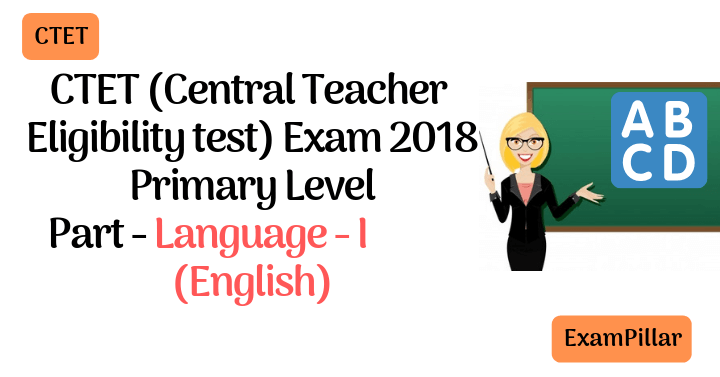
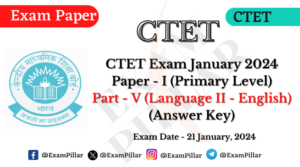
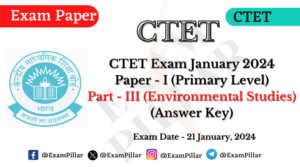
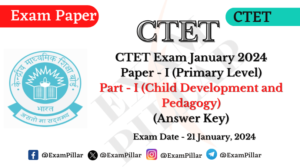
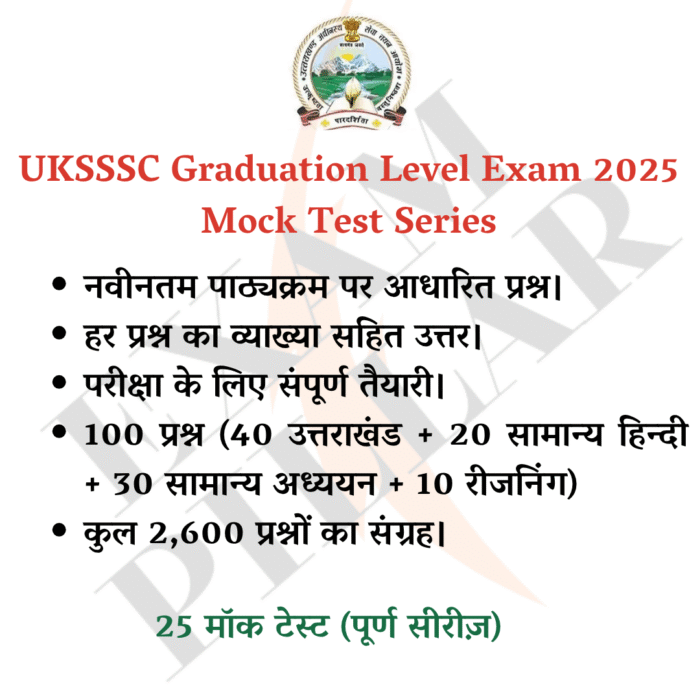

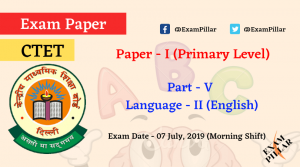


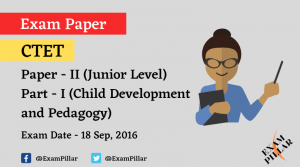
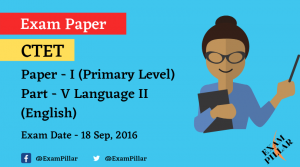
Please provide ctet level 1st language 2nd English answer key
Sachin Kumar
thanks for helping